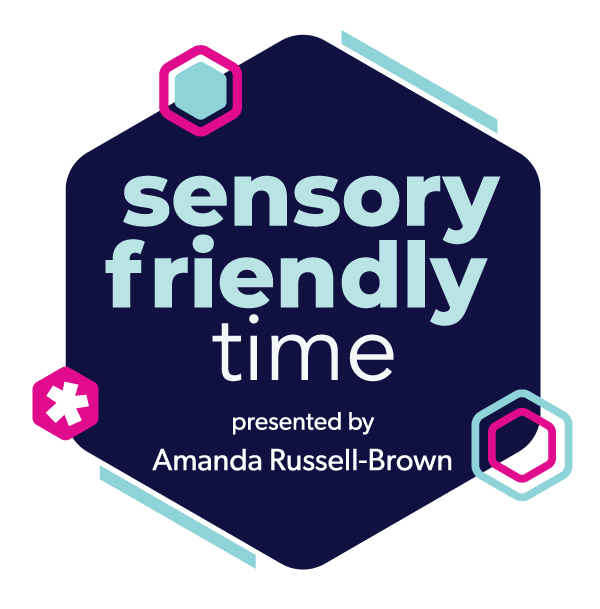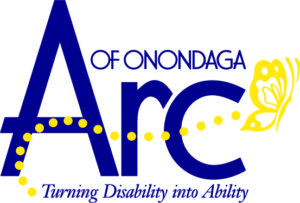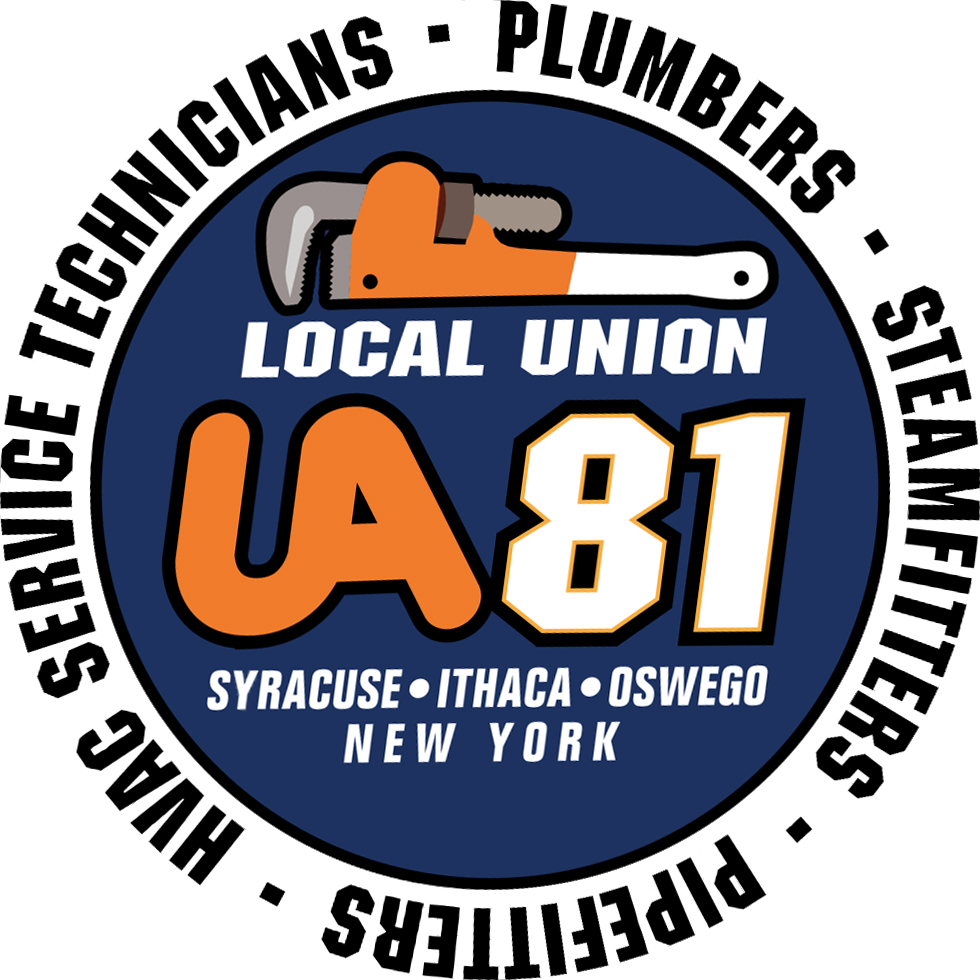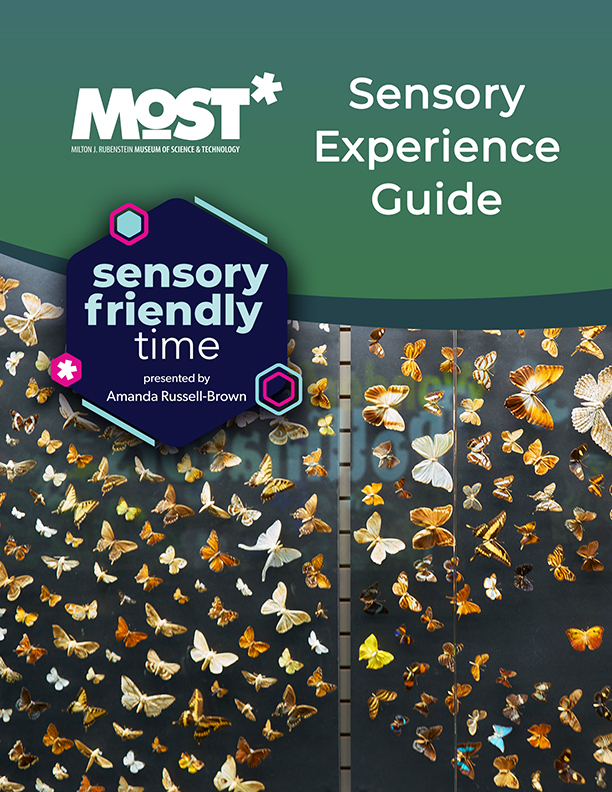Sensory Friendly Science
presented by Amanda Russell-Brown

At the MOST, we believe that hands-on STEM learning is for everyone, and we are committed to ensuring that our exhibits, events, and programs are inclusive and accessible for all types of learners.
Sensory Friendly Science presented by Amanda Russell-Brown is a set of resources, programs, and exhibits designed to support STEM learning for people with sensory processing difficulties, autism, and other developmental disabilities. From hands-on activities for home learning to our award-winning Sensory Friendly Time sessions each month, Sensory Friendly Science is just one way the MOST fulfills its mission of science education for our community.

Sensory Friendly Time
Every third Saturday of the month
4:30 – 8:00 PM
Free for members; $5 for non-members
ASL-interpreted National Grid ExploraDome Show
$6 – 5:30 PM
Sounds are turned down, air compressors are turned off, and lighting is adjusted to accommodate learners with sensory-processing difficulties. The extended hours also help ensure that wait times and crowd sizes are reduced.
Tickets can be purchased at MOST admissions.
Sensory Experience Guide to the MOST
Before your visit, this guide can help orient learners who may feel overwhelmed by new and unfamiliar environments. From where to find a quiet space to how to find exhibits that interest you, this guide can help make the MOST a familiar, safe environment to learn.
Sensory Friendly Kits
Free at our admissions desk, our Sensory Friendly Kits contain resources for a truly sensory-friendly visit, from fidget toys and stress balls to noise-reducing headphones. (Kits are sanitized between uses.)
Sensory Friendly at Home
Sensory bins are a great way to learn and discover while also engaging in sensory stimulation, and if you can’t visit ours in the Earth Science Cave or STEM Story Time Room, you can easily create one at home! We’ve gathered our suggestions for creating a hands-on sensory bin, and we’ll continue to add more as we develop them.
Thank you to our supporting sponsors:
Amanda Russell-Brown






Laurie Bean-Taishoff






